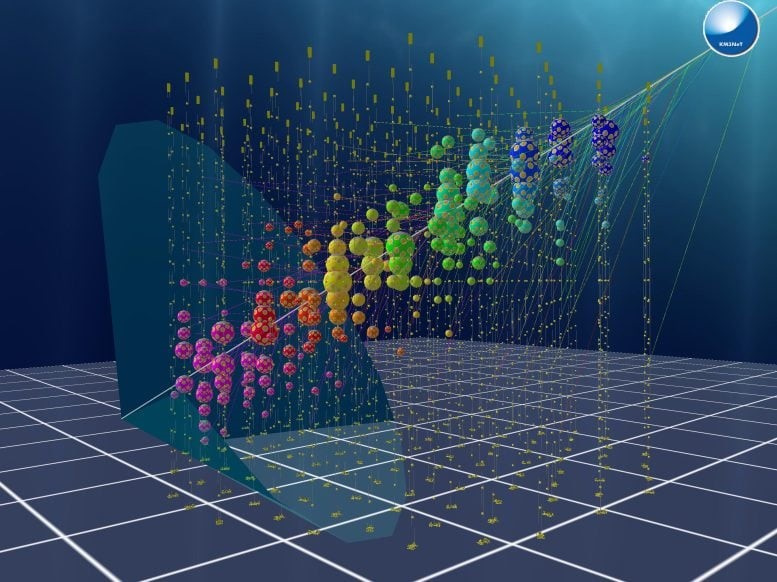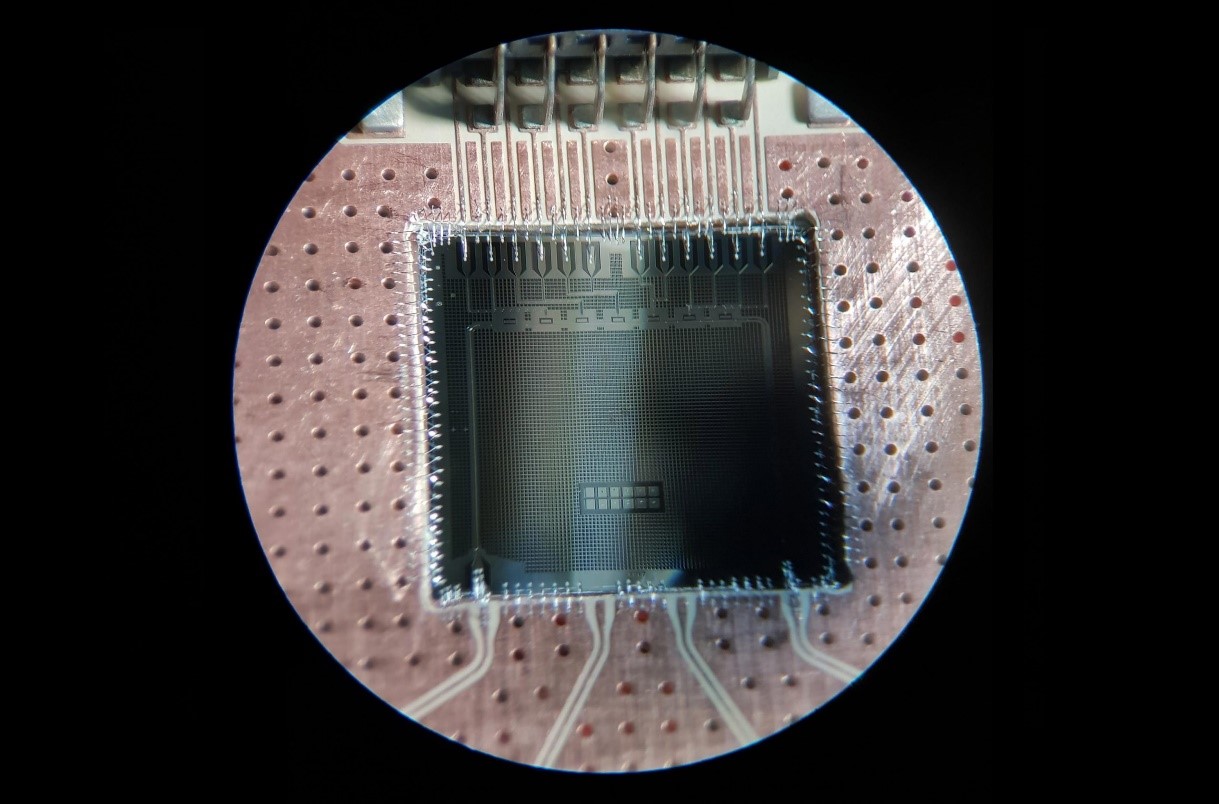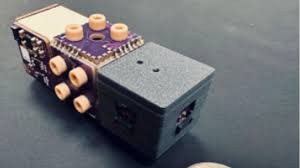This Quantum Computer Models the Invisible Forces Shaping Our Universe
Why Simulating Quantum Fields Is Challenging
Simulating quantum field theories on quantum computers is difficult because these fields represent the forces between particles, such as the electromagnetic force between charged particles. These fields vary in direction, strength, and excitations, making them complex to model. Unlike classical computing, which relies on binary states (zeros and ones), quantum computers also struggle to neatly accommodate these continuous and dynamic field properties.

Figure 1. Quantum Computer Simulates the Invisible Forces Shaping the Universe.
Qudit-Based Computing: A Better Fit for Simulating Quantum Fields
A breakthrough in quantum computing has enabled more efficient simulations of fundamental particle interactions. Physicists from the University of Innsbruck and the Institute for Quantum Computing (IQC) at the University of Waterloo achieved this by combining a qudit-based quantum computer with a specialized algorithm. Unlike traditional qubits, which store information as either zero or one, qudits can hold up to five values per quantum information carrier. This expanded capacity makes qudit-based quantum computers particularly well-suited for modeling the complex quantum fields that govern particle physics. Figure 1 shows Quantum Computer Simulates the Invisible Forces Shaping the Universe.
Expanding to Higher Dimensions and Magnetic Fields
“Our approach enables a natural representation of quantum fields, significantly improving computational efficiency,” explains Michael Meth, lead author of the study. This advancement allowed the team to observe fundamental features of quantum electrodynamics in two spatial dimensions.
Back in 2016, researchers in Innsbruck demonstrated the creation of particle-antiparticle pairs, but the simulation was limited to particles moving along a single line. “Removing this restriction is a crucial step toward using quantum computers to study fundamental particle interactions,” says Christine Muschik.
Now, for the first time, the teams have successfully conducted a quantum simulation in two spatial dimensions. “Beyond tracking particle behavior, we can now observe the magnetic fields between them—something only possible when particles are free to move in more than one dimension. This brings us a significant step closer to understanding nature,” explains Martin Ringbauer.
Toward Solving Deeper Mysteries of the Universe
This breakthrough in quantum electrodynamics is just the beginning. With only a few additional qudits, researchers could extend these simulations to three-dimensional models and even explore the strong nuclear force—the fundamental interaction that binds atomic nuclei and holds some of physics' greatest mysteries.
“We are excited about the potential of quantum computers to contribute to the study of these fascinating questions,” says Martin Ringbauer.
Source: SciTECHDaily
Cite this article:
Priyadharshini S (2025),This Quantum Computer Models the Invisible Forces Shaping Our Universe, AnaTechMaz, pp. 227















